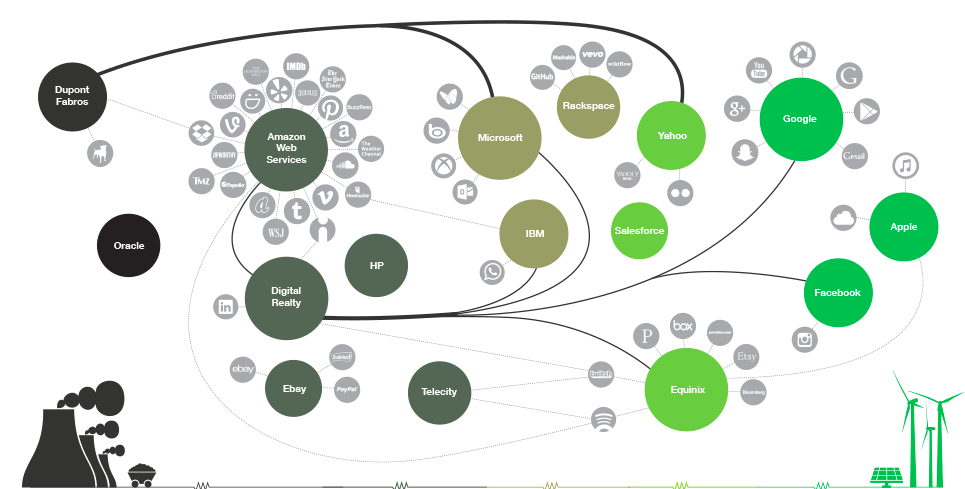Hi readers, Genevieve here, dispatching from the west coast just after another exciting annual conference of the Association of Moving Image Archivists. There were so many amazing sessions this year, it seems impossible to single one out. Props to my fellow residents, Dinah and Morgan, on their sessions, which included a poster covering micro-services at CUNY-TV and an amazing talk and workshop hosted by Morgan, Julia Kim (Library of Congress), Alison Rhonemus (New York Public Library), and Dianne Dietrich (Cornell University) discussing approaches to incorporating emulation into preservation workflows to facilitate access. Another highlight of the weekend was a lively and provocative panel with Mark Simon Haydn and Ashley Blewer (New York Public Library) on the prospects of adopting BitTorrent as a means of sharing the burden of storing large digital collections (a controversial idea indeed, but one that may help smaller organizations at least tackle the need for storage of access files, if not preservation masters).
Particularly relevant to an organization like WCS was Linda Tadic’s (Digital Bedrock) talk on the environmental impact of digital preservation. Building on the recently published report by Green Peace, “Clicking Clean”, this session focused on the difficult balancing act of trying to preserve as much as possible while mitigating the risks to the planet. Also of concern was the nature of media destruction following digitization, particularly of magnetic media like VHS and metal evaporated tape. The toxic materials that comprise these formats pose a great danger to the soil and groundwater when disposed of, which has spurred some organizations to push for a solution to their safe reuse or recycling. One such project is Project Get Reel, which aims to collect and recycle VHS tapes in Canada while researchers find a way to deal with the toxic materials.
Some important takeaways to consider were how organizations can put pressure on their digital storage vendors and data centers by questioning them about renewable energy usage, or even including requirements about this in their RFPs, and presenting the need to conserve energy to stakeholders as a means of saving resources (i.e. money that would otherwise be spent on high electric bills). For WCS, workflows for the preservation of the organization’s history could benefit from the inclusion of these considerations and help support the mission of WCS as a whole by contributing to the goal of bringing down global CO2 emissions by 2020, helping prevent loss of wildlife due to rising ocean temperatures. It’s important to remember that the choices we make in our effort to achieve long-term preservation can have a major impact on the environment, which should be a continued concern for archivists just as much as it is for the environmental conservation community.
AMIA concluded with an inspiring session with three of last year’s NDSR fellows, Julia Kim, Shira Peltzman, and Rebecca Fraimow, on the trials and tribulations of their residencies and what we can all learn from productive failure. As I begin the next phase of my own project, hearing what didn’t work and what they feel they should have been planned for was a good reminder that complex projects require experimentation.
I left Portland with a sense of fearlessness as I embark on the rest of my residency. I will inevitably make some wrong-turns, but the experience will ultimately teach me how to accept limitations and mistakes gracefully and appreciate the safe space that the NDSR provides for us to screw up (at least a little). #Thankful


